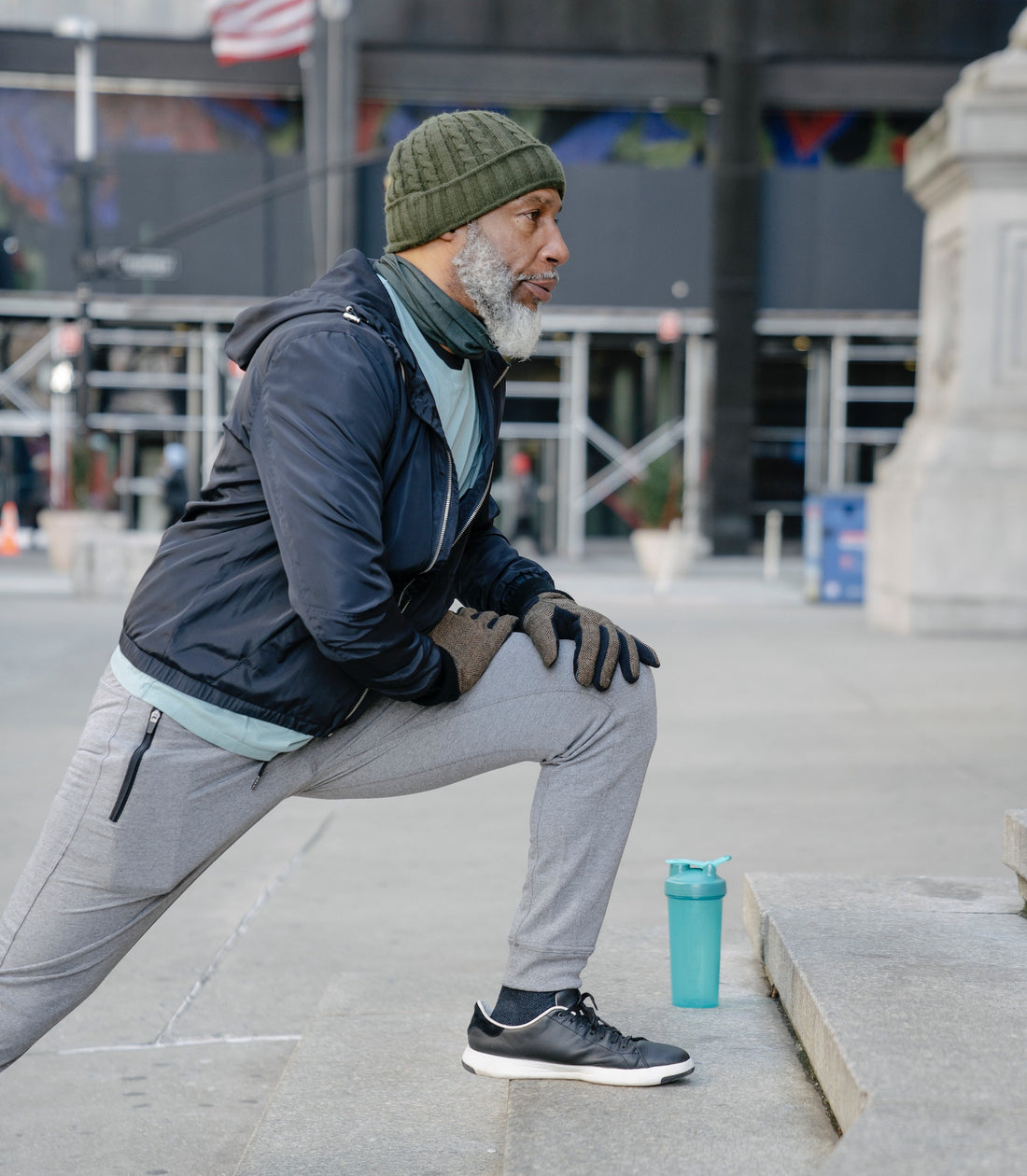
The Impact of Footwear on Balance and Stability in Elderly Adults
Share
As we age, maintaining balance and stability becomes increasingly important to prevent falls and maintain independence in daily activities. Proper footwear plays a crucial role in supporting balance and stability in elderly adults. The right shoes can provide the necessary support, cushioning, and traction to reduce the risk of falls and promote confidence in movement. In this blog post, we will explore the impact of footwear on balance and stability in elderly adults, along with essential considerations for choosing the right shoes.
Supportive and Firm Soles
Shoes with supportive and firm soles are essential for maintaining stability. A stable base helps distribute weight evenly and prevents excessive foot movement, reducing the risk of tripping or stumbling. Look for shoes with a well-constructed midsole and outsole that offer stability and prevent excessive pronation or supination.
Proper Cushioning
Adequate cushioning in footwear is essential to absorb impact and reduce pressure on the joints. Cushioned shoes can help ease discomfort in the feet and lower limbs, allowing elderly adults to move more comfortably and confidently. However, it's crucial to strike a balance between cushioning and stability, as overly soft shoes may compromise stability.
Secure Fit
Shoes that fit properly and securely are vital for maintaining balance and preventing falls. A snug fit ensures that the shoes stay in place and do not slide or cause friction against the foot. Avoid shoes that are too loose or too tight, as they can create instability and discomfort.
Low Heel Height
For elderly adults, shoes with a low heel height are generally recommended. High-heeled shoes can alter posture and balance, increasing the risk of falls. Flat or low-heeled shoes provide a more stable base, promoting better balance and reducing pressure on the forefoot.
Non-Slip Soles
Traction is a critical factor in preventing slips and falls, especially on slippery surfaces. Look for shoes with non-slip soles that offer good grip on various surfaces, including wet or uneven ones. Shoes with rubber or textured outsoles can provide better traction and reduce the risk of accidents.
Ankle Support
Shoes with adequate ankle support can enhance stability, particularly for elderly adults with weak ankles or a history of ankle injuries. High-top shoes or shoes with a well-padded collar can provide additional support and reduce the risk of ankle sprains.
Arch Support
Proper arch support can help improve balance and reduce foot fatigue. Shoes with built-in arch support or removable insoles that can accommodate orthotics can benefit elderly adults with arch issues or foot conditions.
Lightweight Construction
Lightweight shoes are generally more comfortable and less fatiguing to wear, allowing for better mobility and ease of movement. Bulky or heavy shoes can hinder balance and agility.
When choosing footwear for elderly adults, consider consulting with a podiatrist or footwear specialist, particularly if they have specific foot conditions or balance concerns. Each individual's needs may vary, and personalized recommendations can ensure the best fit and support.
In conclusion, the impact of footwear on balance and stability in elderly adults is significant. Well-fitted shoes with supportive soles, proper cushioning, secure fit, and good traction can enhance balance, reduce the risk of falls, and improve overall mobility. As we age, investing in high-quality, supportive footwear becomes even more critical to maintain independence and well-being. By choosing the right shoes and taking into account individual needs, elderly adults can enjoy improved stability and confidence in their movements, promoting a safer and more active lifestyle in their golden years.
